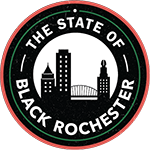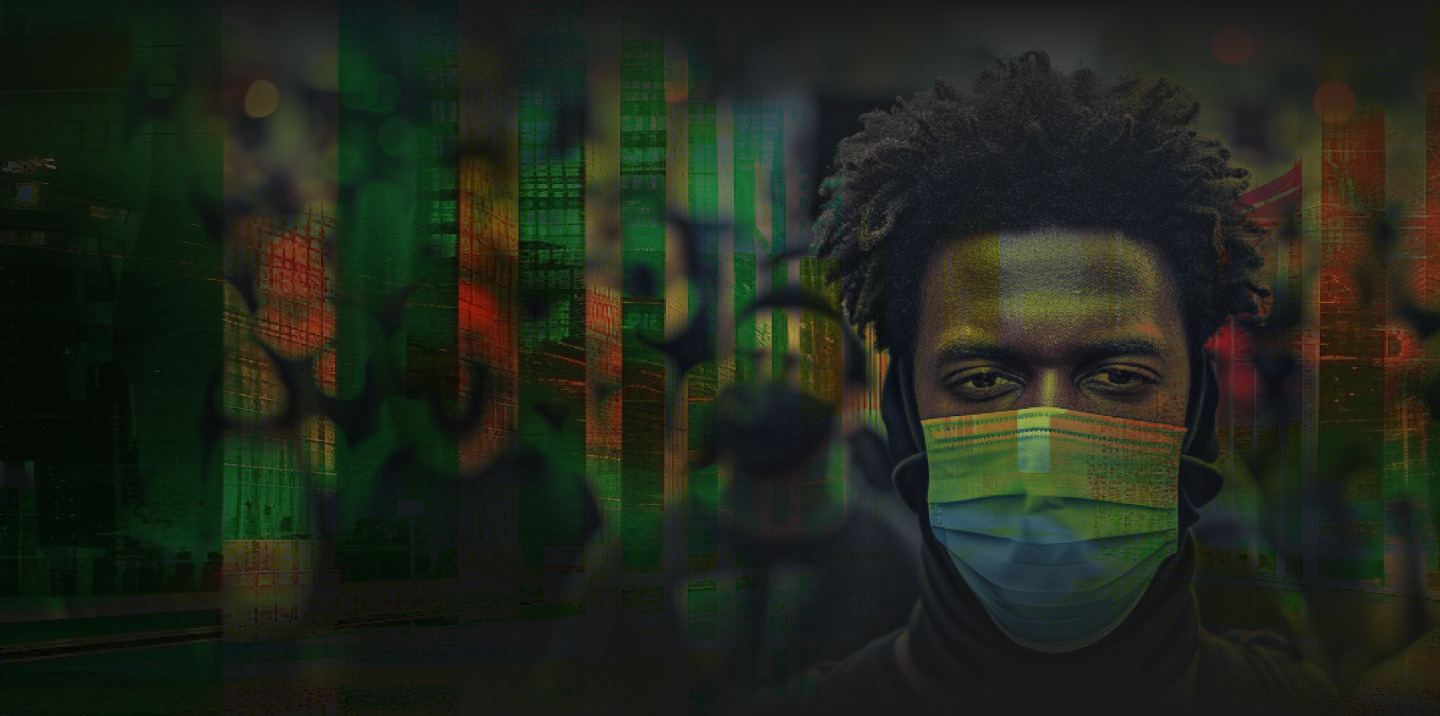“While many well-intentioned people may believe that the country has moved beyond its racist past, economic and health outcomes of Black Americans tell a different story. By nearly every measure, the deck continues to be stacked against people of color.” (The Color of Health, 2021).
 A New Chief Community Engagement Officer and the Onset of COVID-19: Pivoting to Meet the Needs of Black Rochester
A New Chief Community Engagement Officer and the Onset of COVID-19: Pivoting to Meet the Needs of Black Rochester
In January 2020, the newly elected Monroe County Executive took office. As his transition team was working to fill vacancies, I received a call about a possible position in his office. After engaging in a few interviews and discussions, I accepted the position of Chief Community Engagement Officer. This newly created position offered the opportunity to bridge the gap between Rochester residents and the Department of Human Services. The plan was to add transparency to county government and work toward making Monroe County equitable for all residents.
As I prepared to start my position on Monday, March 16, my mind was ablaze with the enormity of this role. How would I prioritize my work? What persistent and pernicious issues would I tackle first? Which community residents would I engage with to amplify often-silenced or ignored voices? Then the news broke.
It was Wednesday, March 11, when President Trump announced a travel ban on European countries, the NBA suspended its season, and Tom Hanks and Rita Wilson announced they had tested positive for COVID-19. What was happening? What did this mean for my first day of work? Did I still have a job? But more importantly, what did this mean for my community?
Thankfully, I was told to report to work as planned, but my role immediately shifted. All my previous concerns were assuaged as my priority became opening testing sites throughout the county, training newly deputized healthcare workers, educating community members about social distancing, coordinating vaccine clinics, and ensuring that marginalized communities had what they needed to be safe.
I was on the frontline of the COVID-19 pandemic along with other community leaders. We were faced with an unprecedented health emergency, trying to respond to a situation that no one could have imagined. We understood the social and structural drivers of health and that ZIP codes were determinants of life expectancy. We were acutely aware of the racial inequities that existed in Rochester, which took a devastating toll on Black residents and resulted in dire health outcomes. This crisis required innovation, strategy, and intentionality to ensure that things were different this time.
Responding to COVID-19: Strategy, Plans and Collaborative Efforts
Multiple committees were formed to serve Black and Brown residents, the poor, and other vulnerable populations. We did not forget them or leave them behind. We were right there with them, providing access to testing, vaccines, and resources, and offering encouragement during this daunting experience. Leaders from government, nonprofits, transportation, philanthropy, and healthcare coordinated daily status meetings to disseminate the most current and accurate information.
We conceptualized a multi-pronged approach to serve our community. We worked to:
- Determine communication strategies to reach diverse populations;
- Provide funding to agencies;
- Address shelter for unhoused residents;
- Distribute masks, hand sanitizer, and cleaning supplies to small-business owners and faith-based organizations;
- Organize COVID-19 testing sites and vaccine clinics;
- Translate information into multiple languages including ASL, Spanish, Farci, and Arabic; and
- Coordinate drop off of laptops and computers for school children, especially in the Rochester City School District.
Yet, as hard as we worked, there was nothing we could do to undo the centuries of racism, discrimination, and injustice that often plague the lives of Black Americans. The pandemic took its toll on Rochester as it did throughout the country. In Monroe County, African Americans were 2.9 times as likely to test positive for COVID-19 and 2.6 times as likely to die from the disease compared to their white counterparts (The Color of Health, 2021). Unfortunately, our efforts could not change these statistics. However, I am confident that our efforts prevented these statistics from being worse. I can say that in this case, Black voices and lives were not ignored. They mattered – then, now, and always!

